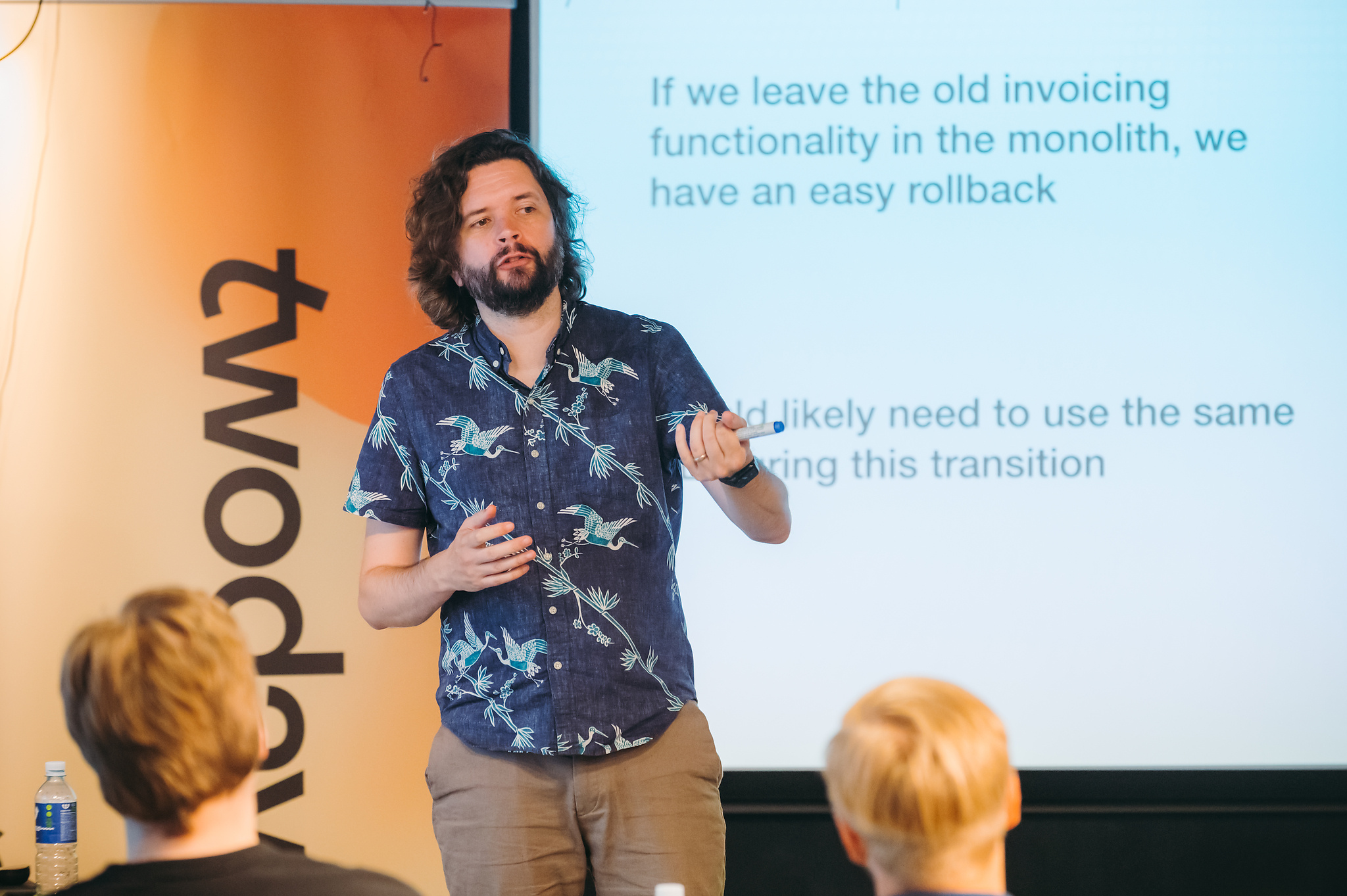Choose category

Q&A with Sam Newman: the future of microservices and key insights for success
In recent years, microservices architecture has gained a lot of traction as an approach to designing and scaling complex systems. However, with every architectural trend comes challenges, and those who have lived through various implementations often have valuable perspectives on where things are he...

When software assets become liabilities
Annually, staggering sums are invested in software development, with the resulting intellectual property often classified as an intangible asset by the financiers. However, the reality can be less than ideal: systems developed at great expense frequently require continual, escalating budgets for mai...

Challenges of Continuous Integration in Databases
Continuous Integration (CI) enables developers to frequently merge code changes into a shared database repository, making it easier to catch errors early and reduce integration problems down the line. Automating database schema migrations and testing as part of the CI process allows teams to achieve...

Azure Data Factory (ADF) - cloud based SSIS cousin
Ever found yourself wrestling with the complexness of SQL Server Integration Services (SSIS)? The meticulous organization of packages, manual column mapping and the relentless pursuit of debugging errors – data integration in SSIS can be, well, a bit of a marathon. But hold on! Enter Azure Data Fact...

Azets took the data and computation resources seamlessly to the cloud with AWS
Moving Azets Cozone collaboration platform to the cloud doesn't have to be as difficult as one might think. Even in an industry that is subject to strict regulations, with the right solutions the journey can be simple.

Talk with your private PDFs and other files: a busy programmer’s tutorial on using LangChain and GPT
According to Hal Varian, the ability to take data—to be able to understand it, to process it, to extract value from it, to visualize it, to communicate it—that's going to be a hugely important skill in the next decades. So here's how you code it in 20 lines of Python.

How to use ChatGPT with your own (proprietary) data
ChatGPT is a revolutionary tool, especially the version 4. In this blogpost, I’ll share technical details about how to have an intelligent natural-language conversation with your proprietary information (and by that I mean a very large amount of non-public data, something that far exceeds the limits...